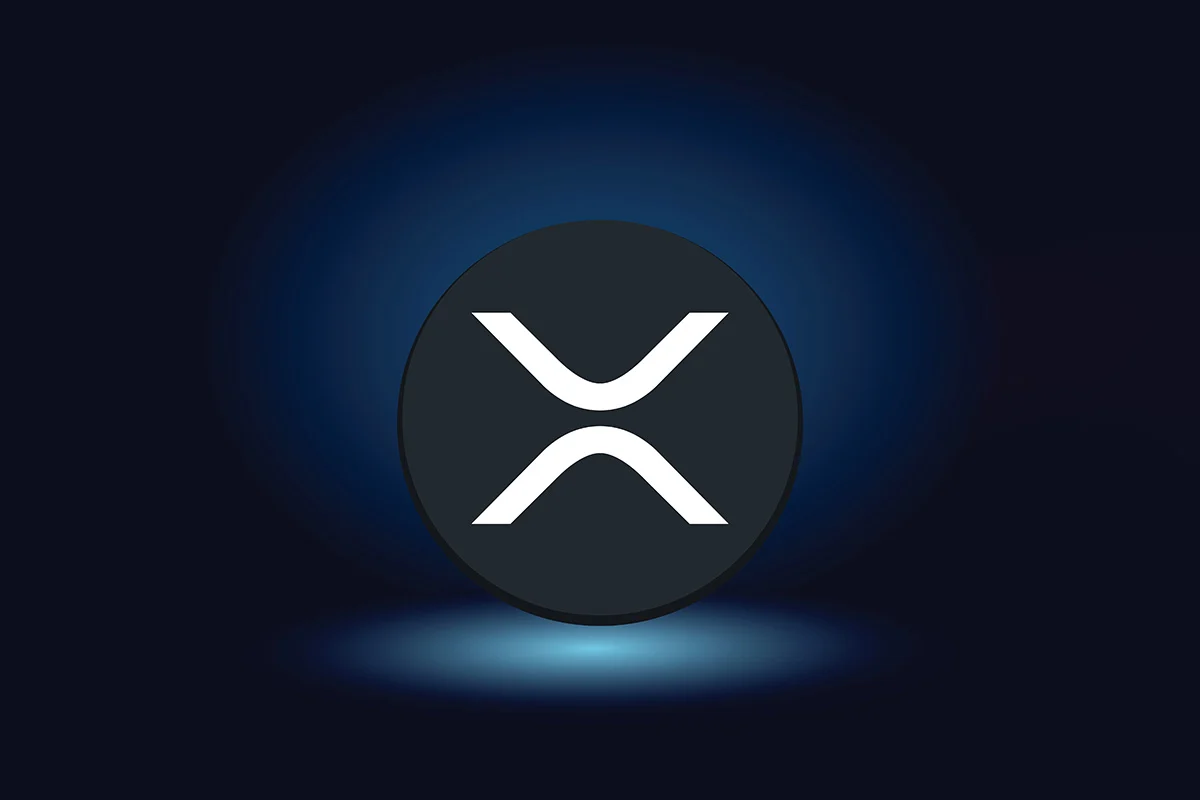The EUR/USD pair attempts to stabilize around 1.1600 during Wednesday’s Asian session, following a three-day losing streak. The major currency pair struggles to gain ground as the US Dollar (USD) holds its recent upside move, which came in the wake of easing trade tensions between the United States (US) and China.
During the press time, the US Dollar Index (DXY), which tracks the Greenback’s value against six major currencies, holds onto recent gains near 99.00.
Trade tensions between the US and China appear to be receding following comments from President Donald Trump that both Washington and Beijing will reach a consensus after his meeting with Chinese leader Xi Jinping in South Korea later this month.
Another reason behind firmness in the US Dollar is growing expectations that the federal government could reopen after almost three weeks of shutdown. On Monday, White House economic adviser Kevin Hassett stated that he thinks the shutdown will likely end sometime this week.
Meanwhile, the Euro (EUR) trades with caution ahead of speeches from European Central Bank (ECB) President Christine Lagarde and Vice-President Luis De Guindos, which are scheduled during the early North American session.
The next major trigger for the Euro would be the ECB’s monetary policy announcement scheduled for next week.
US Dollar FAQs
The US Dollar (USD) is the official currency of the United States of America, and the ‘de facto’ currency of a significant number of other countries where it is found in circulation alongside local notes. It is the most heavily traded currency in the world, accounting for over 88% of all global foreign exchange turnover, or an average of $6.6 trillion in transactions per day, according to data from 2022.
Following the second world war, the USD took over from the British Pound as the world’s reserve currency. For most of its history, the US Dollar was backed by Gold, until the Bretton Woods Agreement in 1971 when the Gold Standard went away.
The most important single factor impacting on the value of the US Dollar is monetary policy, which is shaped by the Federal Reserve (Fed). The Fed has two mandates: to achieve price stability (control inflation) and foster full employment. Its primary tool to achieve these two goals is by adjusting interest rates.
When prices are rising too quickly and inflation is above the Fed’s 2% target, the Fed will raise rates, which helps the USD value. When inflation falls below 2% or the Unemployment Rate is too high, the Fed may lower interest rates, which weighs on the Greenback.
In extreme situations, the Federal Reserve can also print more Dollars and enact quantitative easing (QE). QE is the process by which the Fed substantially increases the flow of credit in a stuck financial system.
It is a non-standard policy measure used when credit has dried up because banks will not lend to each other (out of the fear of counterparty default). It is a last resort when simply lowering interest rates is unlikely to achieve the necessary result. It was the Fed’s weapon of choice to combat the credit crunch that occurred during the Great Financial Crisis in 2008. It involves the Fed printing more Dollars and using them to buy US government bonds predominantly from financial institutions. QE usually leads to a weaker US Dollar.
Quantitative tightening (QT) is the reverse process whereby the Federal Reserve stops buying bonds from financial institutions and does not reinvest the principal from the bonds it holds maturing in new purchases. It is usually positive for the US Dollar.
Source: https://www.fxstreet.com/news/eur-usd-strives-to-gain-ground-near-11600-outlook-remains-uncertain-202510220314


